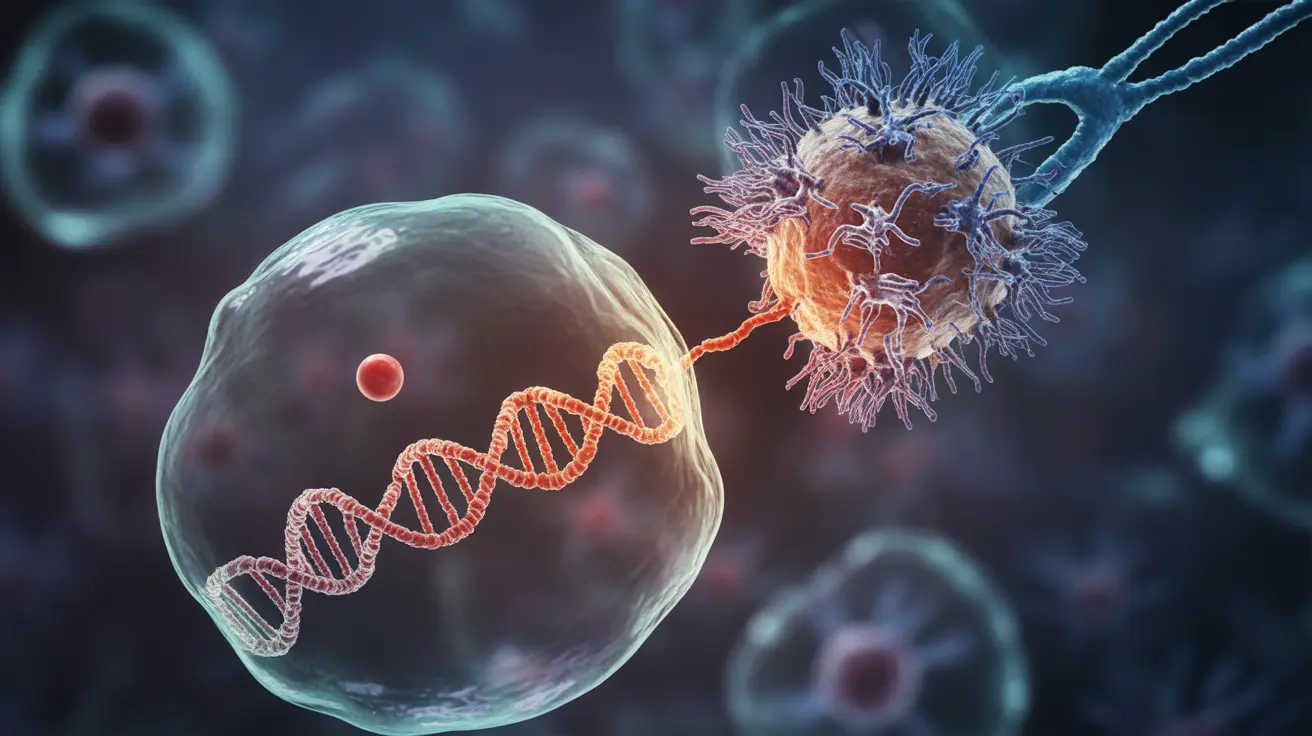Gene therapy represents one of modern medicine's most promising frontiers, offering potential treatments and cures for genetic disorders that were once considered untreatable. This innovative medical approach works by modifying, replacing, or supplementing faulty genes with healthy ones to treat or prevent disease.
As we delve into the intricate world of gene therapy, we'll explore its fundamental mechanisms, delivery methods, current applications, and important considerations for patients. Understanding how gene therapy works is crucial for both healthcare providers and patients considering this groundbreaking treatment option.
The Basic Principles of Gene Therapy
At its core, gene therapy works by introducing genetic material into cells to correct or replace defective genes. This process can involve several different approaches:
- Replacing a faulty gene with a healthy copy
- Inactivating or "knocking out" a malfunctioning gene
- Introducing a new gene to help fight a disease
- Modifying existing genes to enhance their function
Scientists carefully design these genetic modifications to target specific cells and tissues affected by the disease, ensuring the treatment reaches where it's needed most.
Delivery Methods in Gene Therapy
Successfully delivering genetic material into cells requires sophisticated carrier systems, known as vectors. The most common delivery methods include:
Viral Vectors
Modified viruses are the most widely used delivery vehicles because they naturally excel at introducing genetic material into cells. Common viral vectors include:
- Adeno-associated viruses (AAVs)
- Lentiviruses
- Retroviruses
- Adenoviruses
Non-Viral Vectors
These alternative delivery methods can include:
- Lipid nanoparticles
- Naked DNA injection
- Electroporation
- Gene guns
Current Applications and Treatable Conditions
Gene therapy has shown promising results in treating various conditions, including:
- Inherited retinal diseases
- Severe combined immunodeficiency (SCID)
- Hemophilia
- Sickle cell disease
- Certain types of cancer
Research continues to expand the list of conditions that might benefit from gene therapy, with new clinical trials regularly exploring additional applications.
The Treatment Process
Receiving gene therapy typically involves several key steps:
Pre-Treatment Evaluation
- Genetic testing and screening
- Medical history review
- Assessment of eligibility
- Discussion of risks and benefits
Treatment Administration
The actual treatment process may involve:
- Single or multiple treatment sessions
- Hospitalization for monitoring
- Specialized facility requirements
- Careful timing of vector delivery
Safety Considerations and Potential Risks
While gene therapy holds immense promise, it's important to understand potential risks:
- Immune system reactions
- Unintended effects on other genes
- Risk of infection
- Possibility of the new gene not working correctly
- Potential for cancer development in some cases
Frequently Asked Questions
How does gene therapy work to fix or replace faulty genes in the body?
Gene therapy works by delivering healthy copies of genes into cells using specially designed vectors, typically modified viruses. These new genes either replace or supplement the function of faulty genes, helping to correct genetic disorders at their source.
What methods are used to deliver gene therapy into cells safely and effectively?
The main delivery methods include viral vectors (such as AAVs and lentiviruses) and non-viral vectors (like lipid nanoparticles and naked DNA injection). Each method is chosen based on the specific treatment requirements and target cells.
Which diseases can currently be treated or potentially cured with gene therapy?
Current applications include inherited retinal diseases, severe combined immunodeficiency (SCID), hemophilia, sickle cell disease, and certain cancers. Many more conditions are being studied in clinical trials.
What are the common steps and preparation involved in receiving gene therapy treatment?
The process typically involves genetic testing, medical evaluation, eligibility assessment, and detailed discussion of risks and benefits. Treatment may require single or multiple sessions in a specialized facility with careful monitoring.
What risks or side effects should patients be aware of before undergoing gene therapy?
Potential risks include immune system reactions, unintended genetic effects, infection risk, treatment failure, and in some cases, cancer development. Each patient's situation is unique, and doctors carefully weigh these risks against potential benefits.




